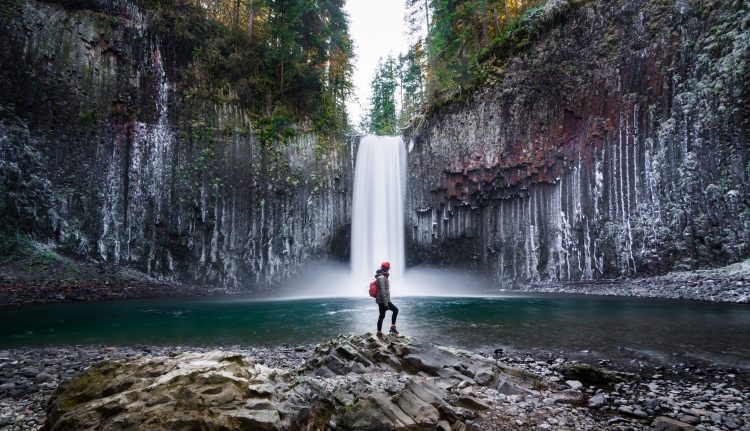Here’s an exercise that can help you learn about yourself without going through years of psychoanalysis. Pick up a pen and paper, and as quickly as possible make a list of things you’d like to do or places you’d like to see before you’re not physically able. If nothing comes to mind within 30 seconds, put the pen down and put some thought into it. Surely, there’s something — no matter how impractical or foolish —that will surface.
The catch is that you shouldn’t think rationally. Don’t worry about all the obstacles that can stop you from reaching your goal. Money? Time? Responsibilities? Forget them for the moment and just listen to what you really want out of life. You may be surprised.
People who think in terms of bucket lists are more likely than not to do something extraordinary and satisfy a lifelong goal. They may parachute out of airplanes or save for a trip to Tahiti. They may find themselves at age 65 buying a pair of tap shoes and starting dance lessons. Or they may look back with satisfaction for having visited every baseball stadium or having checked off their 100th bird species on their lifetime birding list. Every person’s bucket list is unique.
In her book, Bucket List Adventures, Annette White created a list of questions to help people find their own bucket list. If you’re having trouble creating a list of your own, White suggests trying to answer the following questions:
- Where in the world would you like to visit?
- What types of new foods do you want to try?
- What cultural traditions are you interested in?
- If you had one month to live, what would you do?
- Who have you always wanted to meet?
If you’ve drawn a blank and just don’t feel like you have a secret burning desire, maybe you’ll discover one by reading about other local individuals. They’ve either already checked off something on their bucket lists or are looking forward to reaching their goals in the future.
Cathy Cox wants to cheer in Tokyo
As anyone who lives in mid-Missouri knows, J’den Cox is Columbia’s hometown sports phenom, who has wrestled his way into the top echelons of world wrestling. After winning a Bronze medal in the 2016 Olympics, held in Rio, he went on to win two world championships. Cathy was able to watch those world championship matches via livestreaming, but couldn’t be there in person as J’den won his titles in Budapest and Kazakhstan.
Cathy believes that J’den is at his peak, a stronger wrestler today than he was in the past. “His level of competition has increased so much during his training at the Olympic Training Center in Colorado Springs,” she says.
The journey from Columbia to Tokyo has taken J’den years of discipline and training. About 6,300 miles stand between Cathy and her goal of being in the arena to root J’den on to a gold medal. “To have a chance to be with him in the largest world competition, as the No. 1-ranked wrestler in the world, would be a dream come true,” she says.
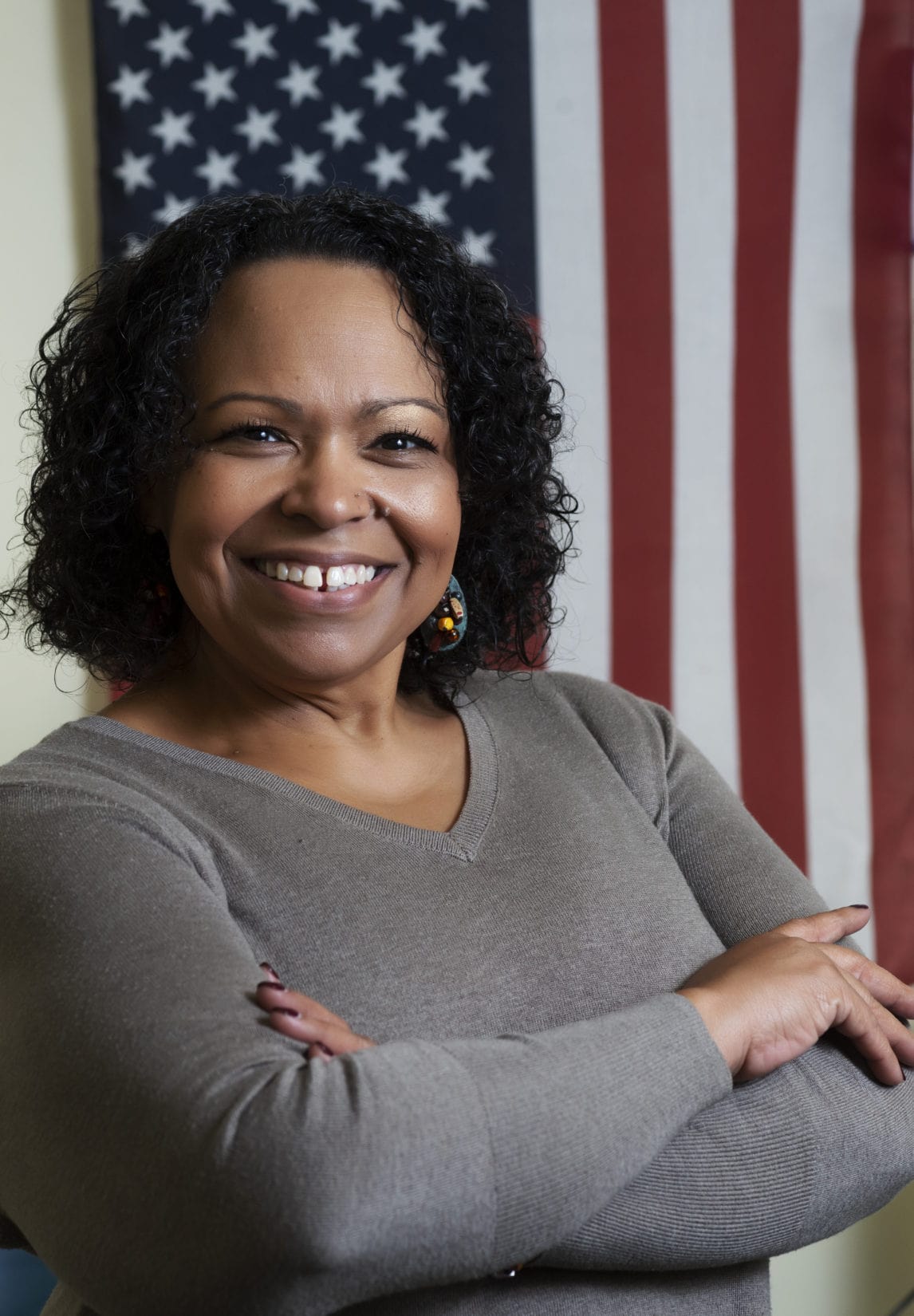
Greg Steinhoff takes off into the Wild Blue Yonder
Greg Steinhoff isn’t comfortable with the idea of having a bucket list, believing that such things are for people thinking of their final days on Earth. Despite this attitude, Steinhoff is ready to leave the Earth behind (actually, below). He’s headed up, into the sky.
Initially, that piece of sky will be limited to the air above Columbia Regional Airport. At the age of 60, Steinhoff has a goal of piloting airplanes, and he’s started flight lessons. It’s something he’s wanted to do for a long time. Explaining why he started the lessons, Steinhoff says, “At this phase of my 30-year career, I had been thinking about finding an activity that would engage me now and in the future, and would also be enjoyable.”
Steinhoff finds his flight lessons a stimulating challenge. There’s a lot to learn about technology as well as technique. But attempting difficult tasks is something he’s used to. As vice president of industry and regulatory relations at Veterans United, he has made a habit of challenging himself. After co-founding a healthcare business, he served as the director of economic development for the state of Missouri.
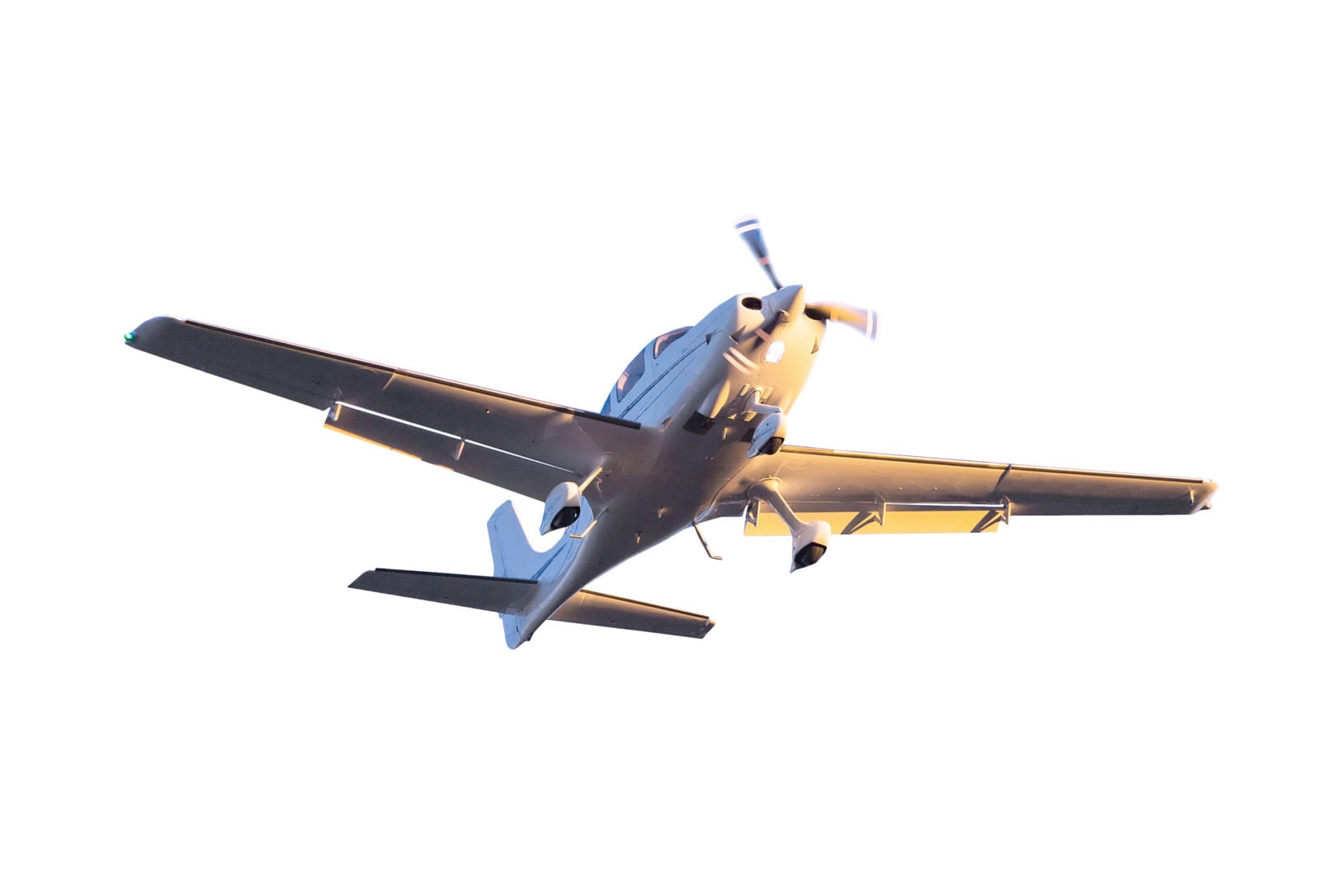
Once licensed, where will he fly? He’s still a long way off from planning destinations, but when pressed, he answers, “Oklahoma, places within two to three hours of Columbia.”
There’s not much impulse about a decision to take flight lessons. For Steinhoff, the idea of becoming a pilot comes from a thoughtful approach to building a rewarding future — which is pretty much the purpose of a bucket list, whether it’s something that can be done in a day or takes several years to complete.
Russ Duker aims to reach the peak of bucket lists
If having the boldest, most challenging bucket list item were a contest, Russ Duker would be a world champion. His bucket list item? Fly to Tanzania, climb to the top of Mount Kilimanjaro, then after having reached the 20,000-foot summit, jump off and paraglide his way back down.
He is not joking and he is not crazy.
Duker, at age 59, has a nonchalant attitude toward this bucket list adventure. “Right now, I do paramotoring. You’ve probably seen me around town paramotoring. Basically, what I do now is paragliding but with a motor. With paragliding you need something to jump off of, so I’m going to Kilimanjaro,” he says.
He’s more concerned about the climb than the 90-minute glide down. “I’ve been paramotoring for five years, and I see this as just ditching the motor and using the glider. The biggest obstacle is that I’m getting to be an old man and to climb to the top of Kilimanjaro you’ve got to have enough energy left over to run off the top,” he says.
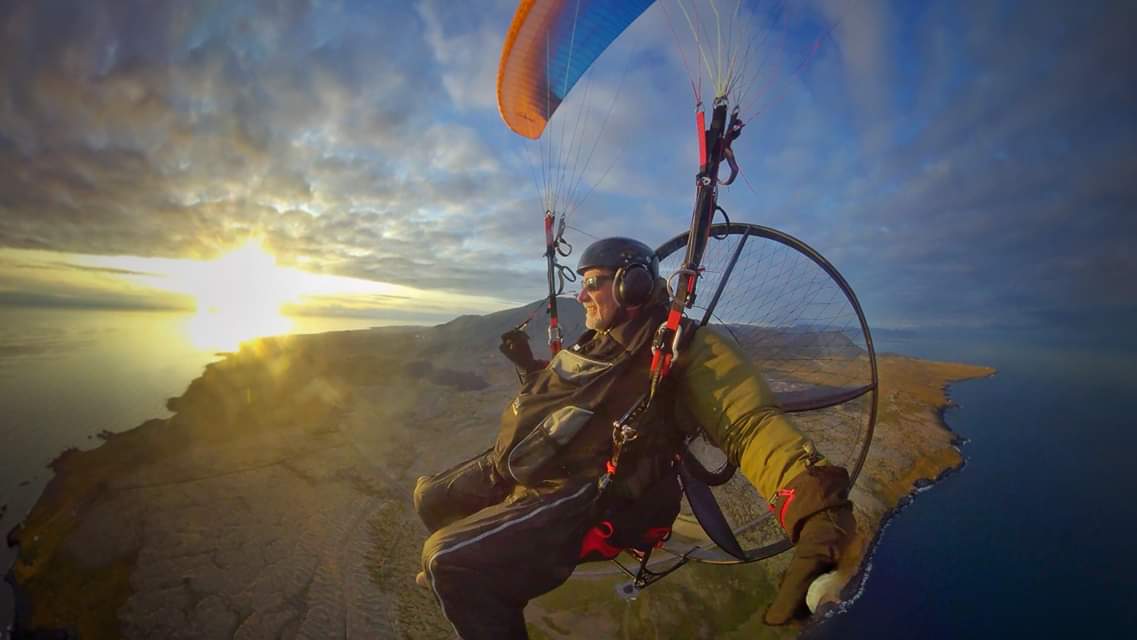
Life-threatening adventures aren’t new to Duker. As a young man, he taught himself to roll a kayak in Finger Lakes State Park then headed out to Colorado to try whitewater kayaking and rafting. “One of the pinnacles of my rafting career was going down the Royal Gorge,” he says. The experience of navigating around rocks taught him to keep his focus on his goal, not on obstacles that stand in the way of reaching it.
When not dangling from the sky, Duker designs, markets and installs software for his company, Zip Solutions. He also owns (but no longer has management responsibilities for) MasterTech, a major air conditioning/heating and plumbing service company.
Illusive trout lead Dr. Gil Wilshire into the wild
Sometimes, the start of a bucket list starts unexpectedly. About 20 years ago, Dr. Gil Wilshire hung a poster of North American trout in his office. “I got out some sticky notes and placed them next to the ones I had caught. Although I had caught most of them, I realized there were some I had not and that it would be a great project to get them all,” he says.
In free moments between patients, Wilshire glances at that poster and it brightens his day. It’s colorful and reflects his colorful quest to catch one of each species. Catching trout for Wilshire is a treat, a fun change of pace. “It’s something I enjoy looking forward to. When I’m fishing for these trout, I’m frequently at some exotic, beautiful places like Montana, Oregon, Canada or Alaska,” he says.
Wilshire learned to cast as a child, catching rainbow and golden trout in the Sierra Mountains, and cutthroat trout while in Yellowstone National Park. Travel, exercise and adventure are only part of the rewards Wilshire has derived from his bucket list project. It’s also given him a greater appreciation of the natural world and its fragile ecology. He explains, “Bull trout only live in cold, super-clean water, so the range of bull trout is shrinking, although they are coming back in Montana. They’re like the canary in the coal mine. If you find bull trout, you know the water is still clean,” he says.
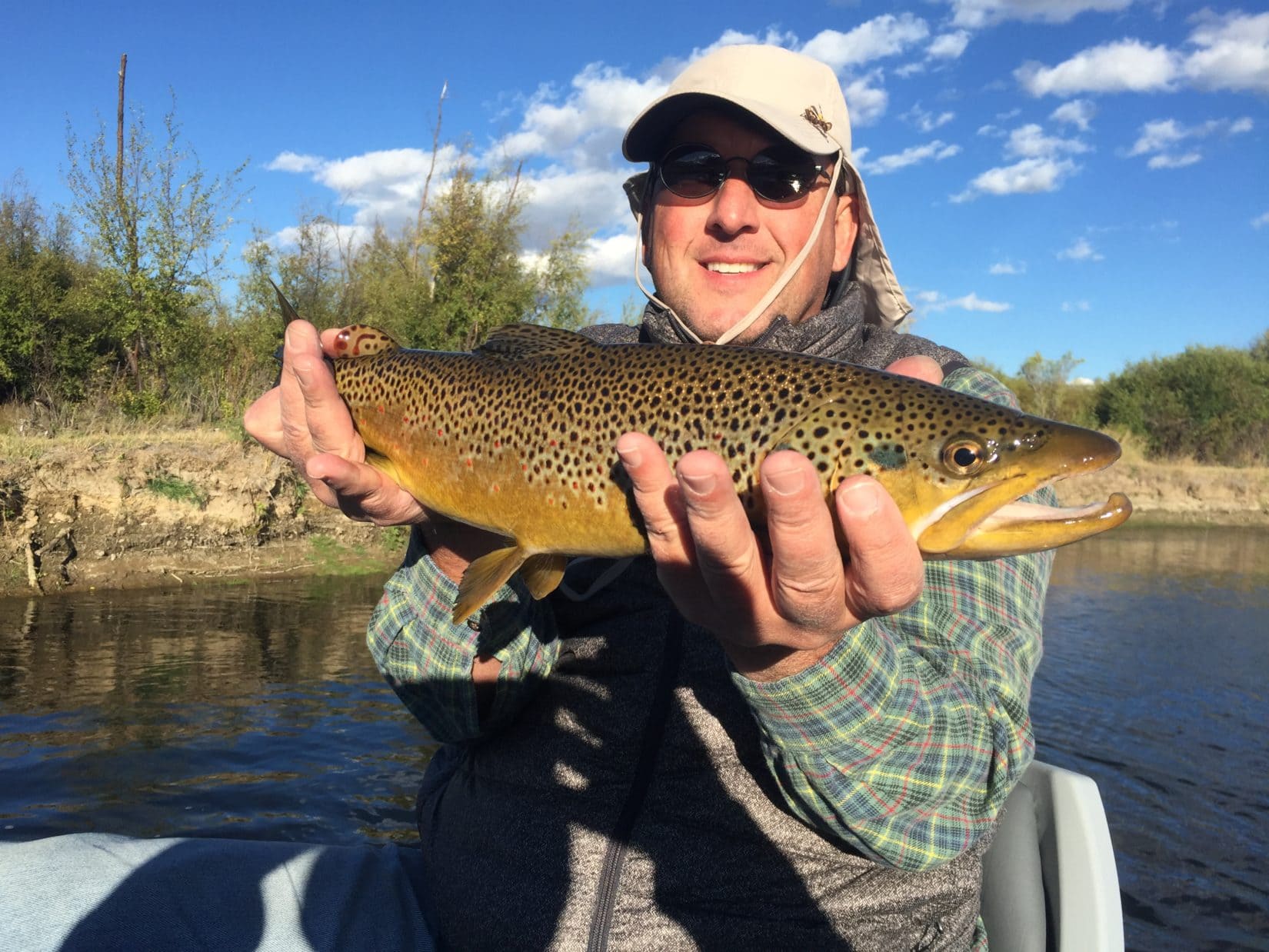
In the next few years, he hopes to catch a Lahontan cutthroat in Nevada and a bull trout in the Pacific Northwest. As a physician specializing in reproductive endocrinology, Wilshire usually has few free minutes at work. “I work double-full time, all the time,” he says. But that colorful poster in his office reminds him that even on the most stressful day, there’s a calm, beautiful world outside the office.
Blue skies and a green ocean for Tori and Shane Messenger
Aquamarine waters, sunny skies, a warm wind billowing the sail. No noise except for the quiet lapping of waves against the sides of the catamaran. This is the environment that Tori Messenger, a realtor with House of Brokers, dreams of during cold Missouri winters. It’s an environment she loves and immerses herself in at least once a year. She will soon reach one of her bucket list goals when she, her husband and two other couples, sail the Caribbean, all the way to the Grenadine Islands.
Not only are the islands remote, it takes a skilled sailor to navigate them. “A lot of people are really reluctant to jump off that deep end. Unless you have a captain with you, some people just don’t have the experience to sail on their own,” she says.
Fortunately, Messenger’s husband, Shane, is an experienced and qualified captain. “He has been sailing for 20-something years,” she says.
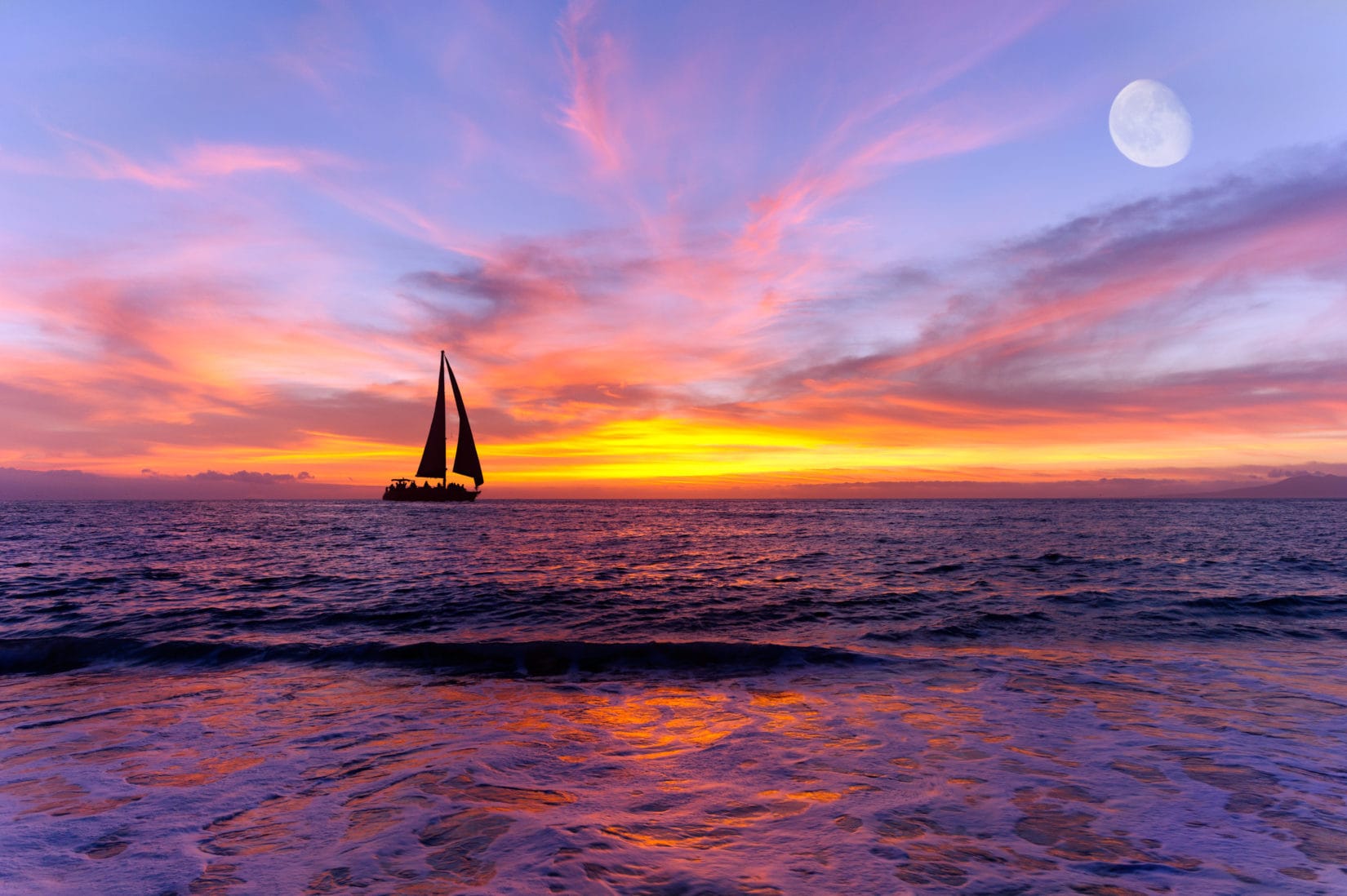
Tori and her husband spend as much time on sail boats as they can. Until recently, they owned their own boat and regularly sailed it on Stockton Lake with their family. But even before having a boat of their own, they chartered boats and explored the Caribbean. “We’ve been all over the Caribbean,” Messenger says. Recalling a favorite journey, she thinks back to a trip to the French side of St. Martin, where she and Shane sailed with three other couples to Antigua, stopping at various islands.
Being on a sailboat is an entirely different experience than exploring the Caribbean on a cruise ship. “It’s really fun,” Messenger says, “and you can go into all the remote places cruise ships can’t get into.”
But sailing requires a lot more from the ship’s passengers than cruise ships. “We expect everyone to work and play,” says Messenger. “There’s always a job for everyone, whether it’s making dinner, preparing cocktails or helping to sail.”
For Messenger, sailing is the perfect antidote to the sometimes-hectic life of a realtor. As a reminder of her passion for sailing, she has decorated her office with sailing pictures. “Sailing is relaxing, being one with nature. We just love the peacefulness and being able to visit different ports and experience other cultures,” she says.
Greg Cecil sleds downhill to realize a childhood dream
Greg Cecil has fond memories of growing up in Sedalia and rushing out after it snowed to go sledding. The fun would last until the snow melted or the street was plowed. Even when there wasn’t any snow, he enjoyed the vicarious thrill of sledding by watching bobsled and luge races on the “Wide World of Sports.” In those televised competitions, bobsledders would zoom down their ice tracks at speeds of up to 125 mph. Luge riders, lying on their backs, feet first, would race downhill at nearly 90 mph.
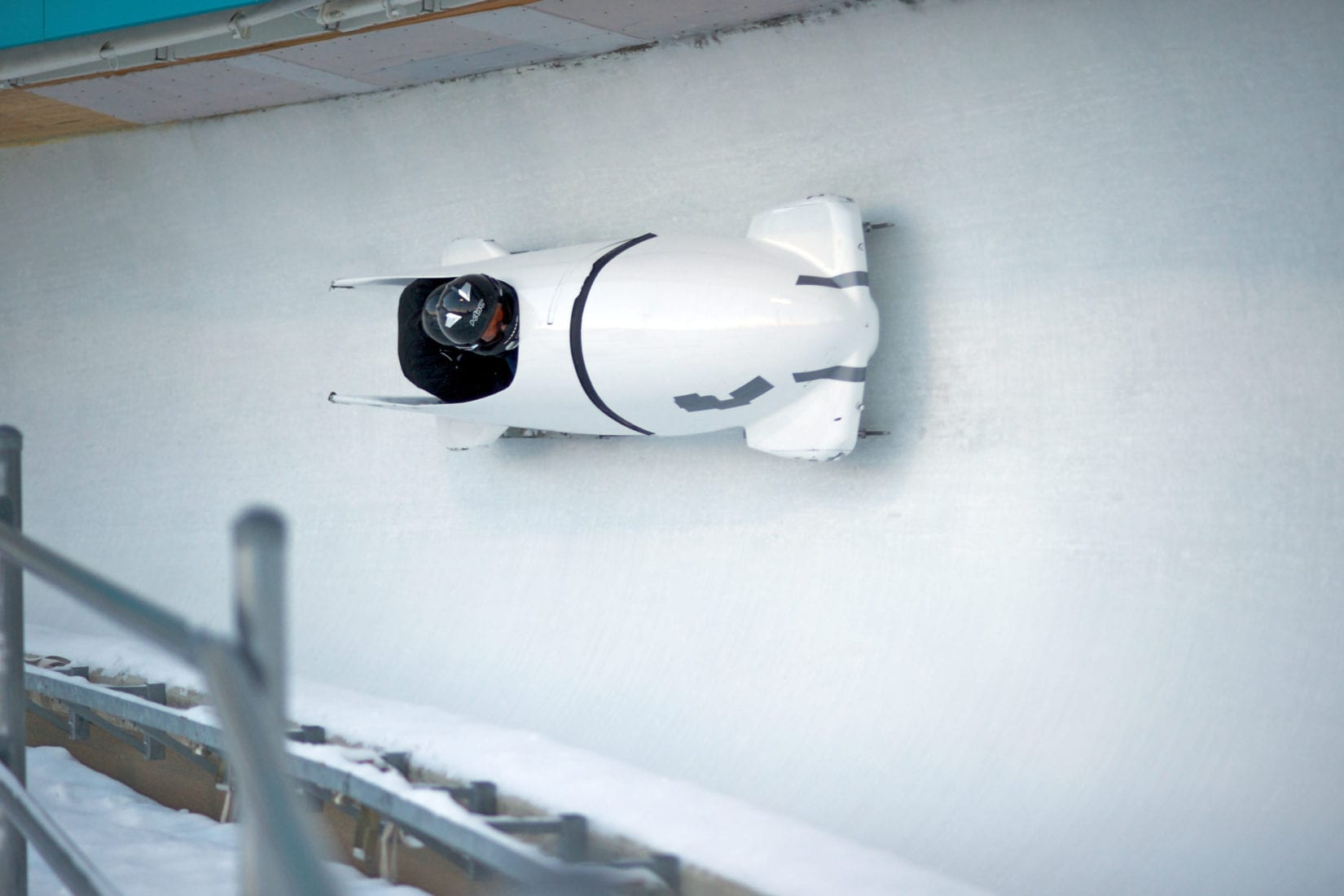
His luge ride came at a time when he wasn’t expecting it. He had been to Canada several times, and on one trip flew into Calgary. “I went over to the Olympic Park and saw you could bungee jump for $100 or take a luge ride for $20 Canadian. I thought, ‘Why not give it a shot now?’”
As he prepared for the luge ride, he was given a pair of sweats and leather gloves. It got serious when he put on the helmet. After a few instructions about how to guide the luge with his feet, “They give you a shove and off you go,” he says. “At that time, they still had ice on the track, and were doing summertime training. I remember going 45 mph, and sometimes the snow and ice on the sides of the course would hit you in the face. You take off and it’s like the sled ride of your life.”
In all, the luge ride lasted less than a minute, but its brief time didn’t make it any less thrilling. Cecil’s bob sled ride took even less time — about 30 seconds. On another trip through Canada, he headed to Whistler, site of the 2010 Winter Olympics. “Up there, in the summer they don’t have ice, so they have wheels on the bobsleds.”
In a bobsled, three people, in addition to the driver, travel together. Steering it is a skill beyond the level of amateurs, so a driver took Cecil along with several other passengers for his ride. “It went about 60 mph, although in a race, bobsleds can go faster than 100 mph. I found myself leaning into the first curve, but it bounced back so fast that my head jerked and hit the side of the bobsled. We only did the first half of the run because they told us if you did the whole thing, you’d probably get sick because of the g-force,” he says.
Despite the rough ride down, the ride was a success. “Exhilarating,” says Cecil.
Beverly and Scott Boyd traveled to all 50 states
Beverly and Scott Boyd have been traveling through life together for 37 years. They met as students at MU, married and raised three sons in Columbia. From 2007 to 2018, they spent a good amount of time on the road or in the air, fulfilling their bucket list adventure of traveling to all 50 states.
They are glad they followed a set of rules that ensured they had to do more than just set foot in a state before checking it off. Like many Columbians, they are used to being routed through stopovers at airports when direct flights aren’t available. But stopovers didn’t count. “Just being in an airport wasn’t enough,” says Beverly. “We had to get out, eat somewhere, talk to people and see the sights.”
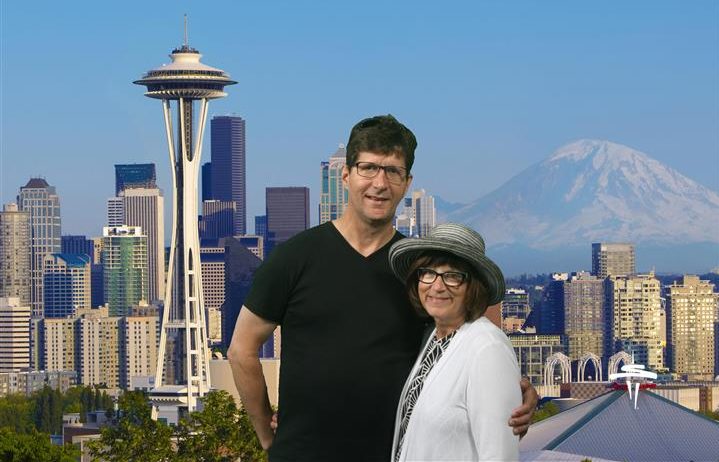
As a couple, they travel together well. “We’re just very compatible on how we approach travel,” says Scott. “We love restaurants and great food and are always looking for local places. Bev loves the national parks, and for years we took the kids to them for all our vacations.”
Their journeys across the country have been a shared adventure that they don’t take for granted. “What a privilege it’s been to see this beautiful country, the vastness of it. I just appreciate how big it is and how lucky I am to live here,” Beverly says.
Among their favorite memories are a visit to Wisconsin, where Beverly enjoyed the sight of dairy cows and strawberry farms. Scott recalls a trip to New England where they took a ferry and saw three states in a few days. Like Beverly, he is grateful for the many trips they’ve taken. “I’m glad we chose to live life,” he says.

